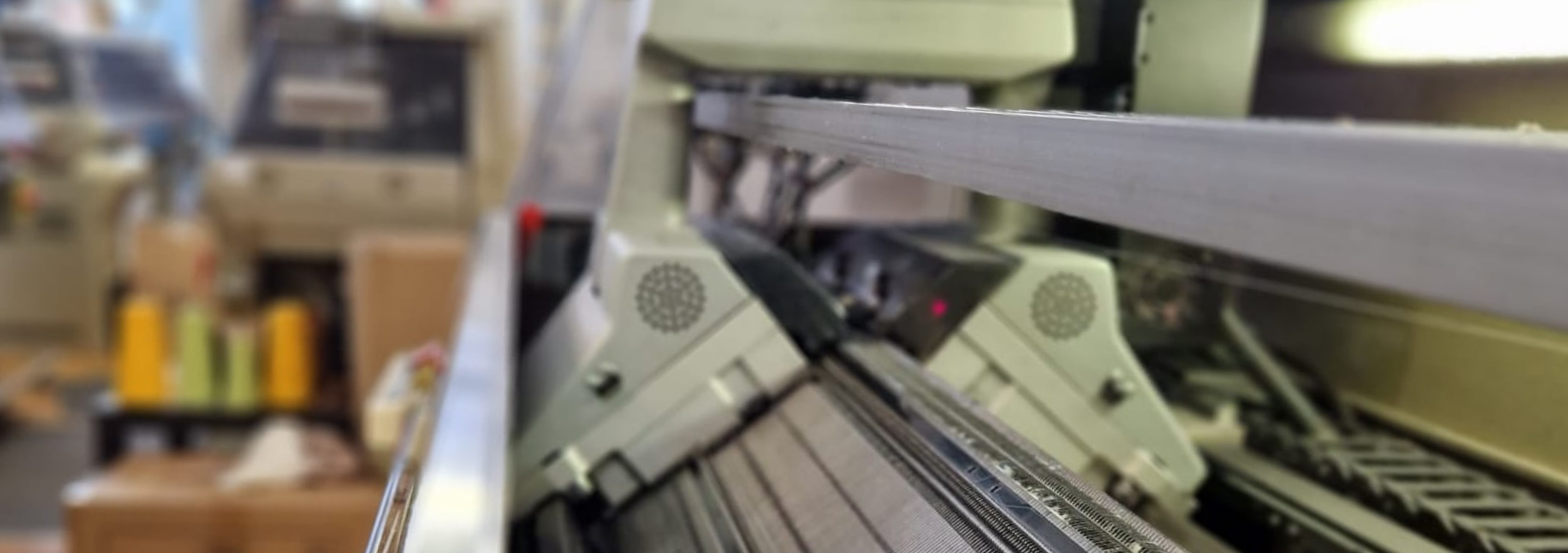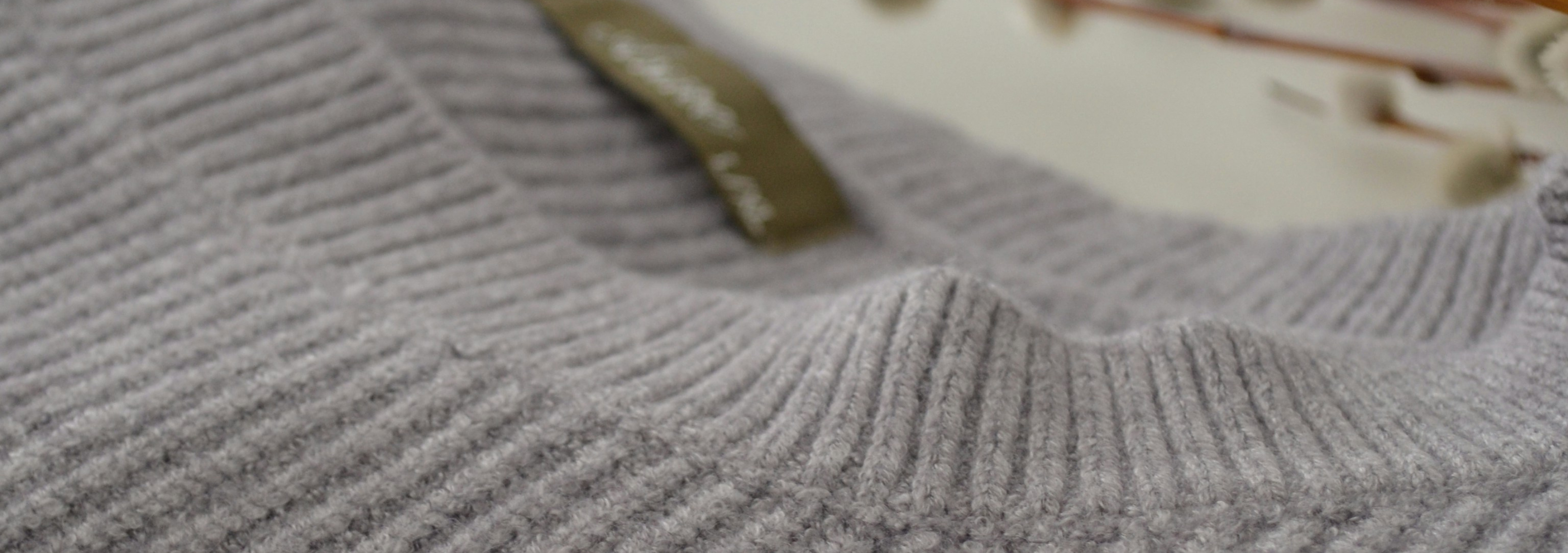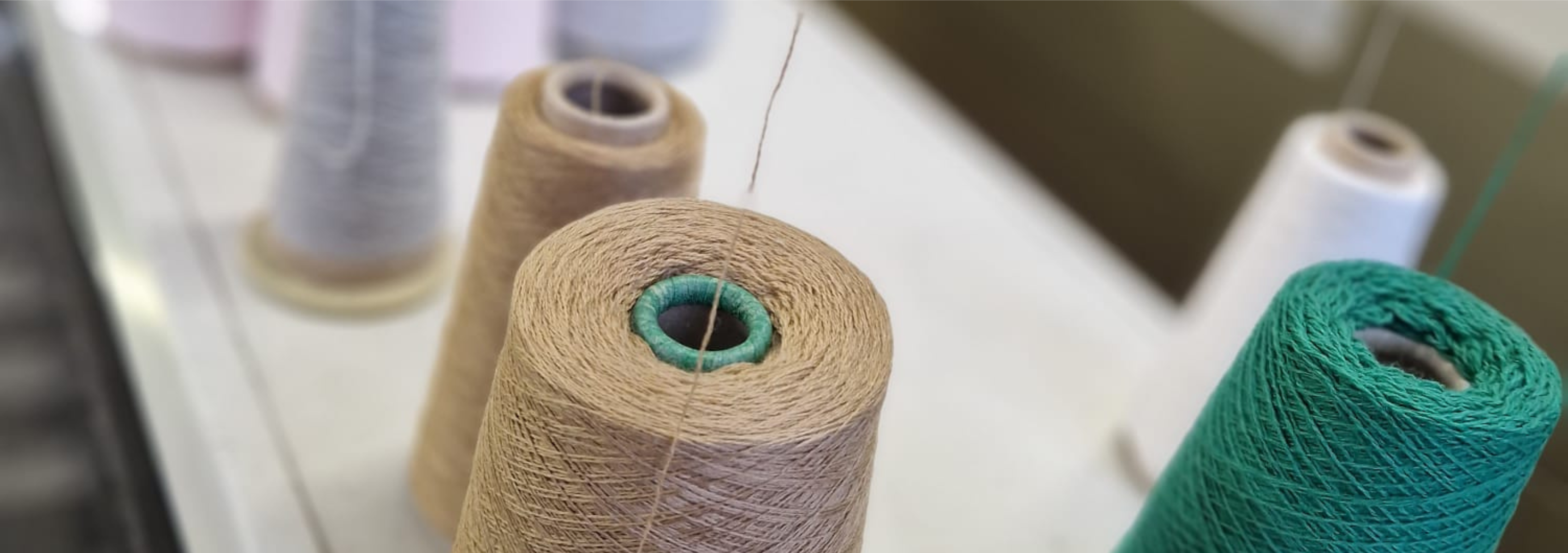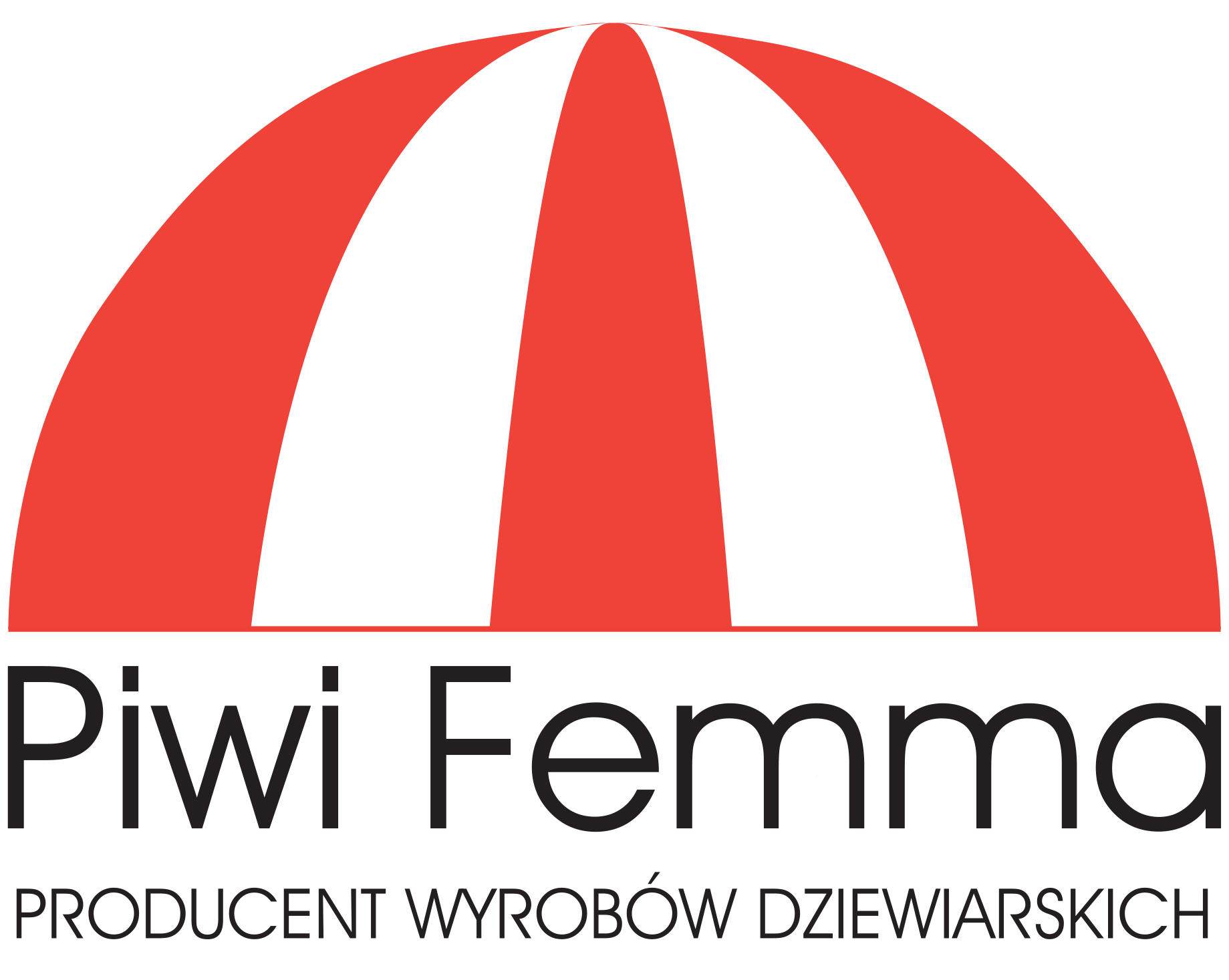Sometimes, we hear questions from our clients like: “I have an idea for a sweater – can you produce 200 pieces for me within a month?“, “When should I submit the design to receive the finished product by October?” or simply: “Why does it take so long?” We’re here to answer these questions!
First, let’s take a closer look at the different production models, which will help explain why production timelines in the knitting industry can vary significantly depending on the selected approach.
Three Production Models:
Model 1: Production for Stock
The producer designs the product and manufactures a batch for stock. Additionally, the producer maintains a steady inventory to offer ready-made products to clients at any time.
Examples:
- Standard items like screws, nails, or bread.
- Basic apparel, such as basic T-shirts from brands like Fruit of the Loom.
In this model, the client selects a ready product. Delivery is quick, limited only to shipping times from the producer’s stock.
Model 2: Customized Production
Here, clients choose a base model and customize it (e.g., colors or configurations). Furthermore, the producers maintains materials in stock and assembles products to order.
Examples:
- Car manufacturing (selecting configurations).
- Furniture production (choosing design and colors).
- Apparel, where the client selects a model and color.
Delivery includes production and shipping time, so it takes longer than Model 1 but is still faster than full customization.
Model 3: Made-to-Order Production Based on Client Design
This model involves creating a product entirely based on the client’s vision. In this model. In reality, the producer must:
- Understand the client’s vision.
- Source suitable materials and production capacity.
- Create a prototype, followed by serial production.
This model involves a production service rather than standard manufacturing. The timeline is the longest because it requires involvement at multiple stages, as outlined below.

Production Stages in Model 3
If you plan to order custom sweaters based on your design, here is a detailed description of the process and the timeline for each stage:
1. Presentation of the Client’s Vision
The client and producer meet to discuss project details. Above all, it’s crucial that the client has a clear vision for their product or refines it with the help of an experienced producer. The producer should also know what information they need from the client (best collected via a questionnaire or checklist). It is essential to understand how to produce the product. Clear communication between both parties is key since misunderstandings can lead to delays.
Estimated duration: 1 week.
2. Preliminary Quotation and Client Decision
After gathering the necessary information from the client, the producer should be able to provide an accurate (+/- 10%) estimate of production costs and propose a price. Importantly, the time required for this step largely depends on how quickly the client makes a decision.
Estimated duration: 1 week.
3. Ordering Raw Materials for the Prototype
The producer helps the client select the appropriate raw materials from numerous catalogs sourced from various suppliers. After all, the producer provides guidance on which materials will be most economical and readily available. Depending on the availability of raw materials from suppliers, the lead time can vary from 1 to 5 weeks.
Estimated duration: 1-5 weeks.
4. Production of the Prototype and Delivery to Client
This is a key stage of the project, where the first version of the product is created. We verify whether we correctly understood the client’s expectations and determine if any adjustments are necessary. Notably, creating the prototype is particularly time-consuming in the knitting industry, where the pattern-making process often becomes a bottleneck.
Creating a prototype involves detailed work. The technologist develops a program for the knitting machine, producing the components of the product with millimeter-level precision. Further stages include: making adjustments, reworking elements, and refining them through intermediate operations before the final assembly.
Creating one prototype requires the technologist to spend several hours of work. Assuming one technologist can produce 2-3 prototypes per week and there are 2-4 technologists in the team, the average time for developing prototypes for multiple models is approximately one month.
Estimated duration: 4 weeks.

5. Approval of the Prototype or Corrections
After receiving the prototype, it’s essential to determine whether it meets the client’s expectations. If the client had a clear vision and the producer fully executed the plan, the prototype is approved. However, sometimes there are differences between the two parties. This is especially true when it comes to less measurable features. These features include fabric thickness, texture, or feel, which may require adjustments.
In our company, we use specialized methods to more accurately determine these less measurable parameters, which we will discuss further in a separate article.
Depending on whether the client accepts the prototype immediately or requests corrections, this stage may vary.
Estimated duration: 1-4 weeks.
6. Production Order
The client and producer sign a production contract that precisely outlines key terms of the cooperation. This document includes the product name, quantity, sizes, colors, shipping deadlines, advance payment, and final payment terms.
Additionally, crucial agreements should be included to ensure both parties are fully aware of their responsibilities.
Estimated duration: 1 week.
7. Ordering Raw Materials
Once the contract is signed, the producer orders the raw materials. In Model 3, where production is based on the client’s specifications, the producer doesn’t stock raw materials because the client selects from a wide range of catalogs.
Delivery times for raw materials from yarn suppliers can vary, depending on the availability of chosen colors in the supplier’s inventory or the need for dyeing.
Estimated duration: 2-6 weeks.
8. Production
Summing up the time required for the previous stages (1–7), we arrive at a minimum duration of 12 weeks. This means that the producer receives the raw materials after approximately 3 months. Production itself typically takes 6 to 8 weeks, although in exceptional instances, this time may shorten or extend.
Production time depends on the capacity of the knitting machines. For example, a specific fabric thickness that meets the client’s requirements can only be produced on dedicated types of knitting machines. If these machines are occupied with other orders, the production may be delayed.
Estimated duration: 6-8 weeks.
9. Shipping to the Client
Before the production ends, we agree with the client on the exact shipping date, arrange transportation, and handle the delivery.
Estimated duration: 1 week.

Summary
Adding up all the time needed for the various stages (1 to 9), we arrive at the answer to the question: “Why does it take so long?” The production time for Model 3 orders ranges from 4 to 6 months or more, depending on the complexity of the project, the availability of raw materials, and machine capacity.
Can the production time be shortened?
Yes, there are ways to speed up the process:
- Repeating a previous season’s model: If the client repeats a model from a previous season, they can skip stages 1–5, reducing the timeline by 8–12 weeks. In this case, only contacting the producer and placing an order is required, monitoring machine availability for the preferred time.
- Flexibility in prototype color selection: If the client is flexible about prototype colors (Stage 3), this can significantly shorten the lead time. Producers often have standard colors in stock, which can eliminate the need for dyeing and reduce the lead time to as little as one week or less.
- Clearly defining expectations: Clearly outlining the client’s requirements can prevent corrections at stages 4 and 5, thereby saving time. The more specific the requirements, the fewer adjustments are needed.
- Choosing raw materials from “stock services”: Clients selecting colors from stock services available “on demand” at yarn suppliers can shorten Stage 3 to about one week. A good producer should advise the client on choosing appropriate colors.
- Production under Model 1 or Model 2: Clients opting for production under Model 1 or Model 2 won’t be able to achieve custom products according to their unique designs. In some cases, purchasing off-the-shelf products may be a more viable solution to avoid long waiting times.
Early collaboration with a producer ensures not only timely delivery but also more attractive pricing conditions.
If you have any questions or would like to discuss your project, feel free to contact us!

